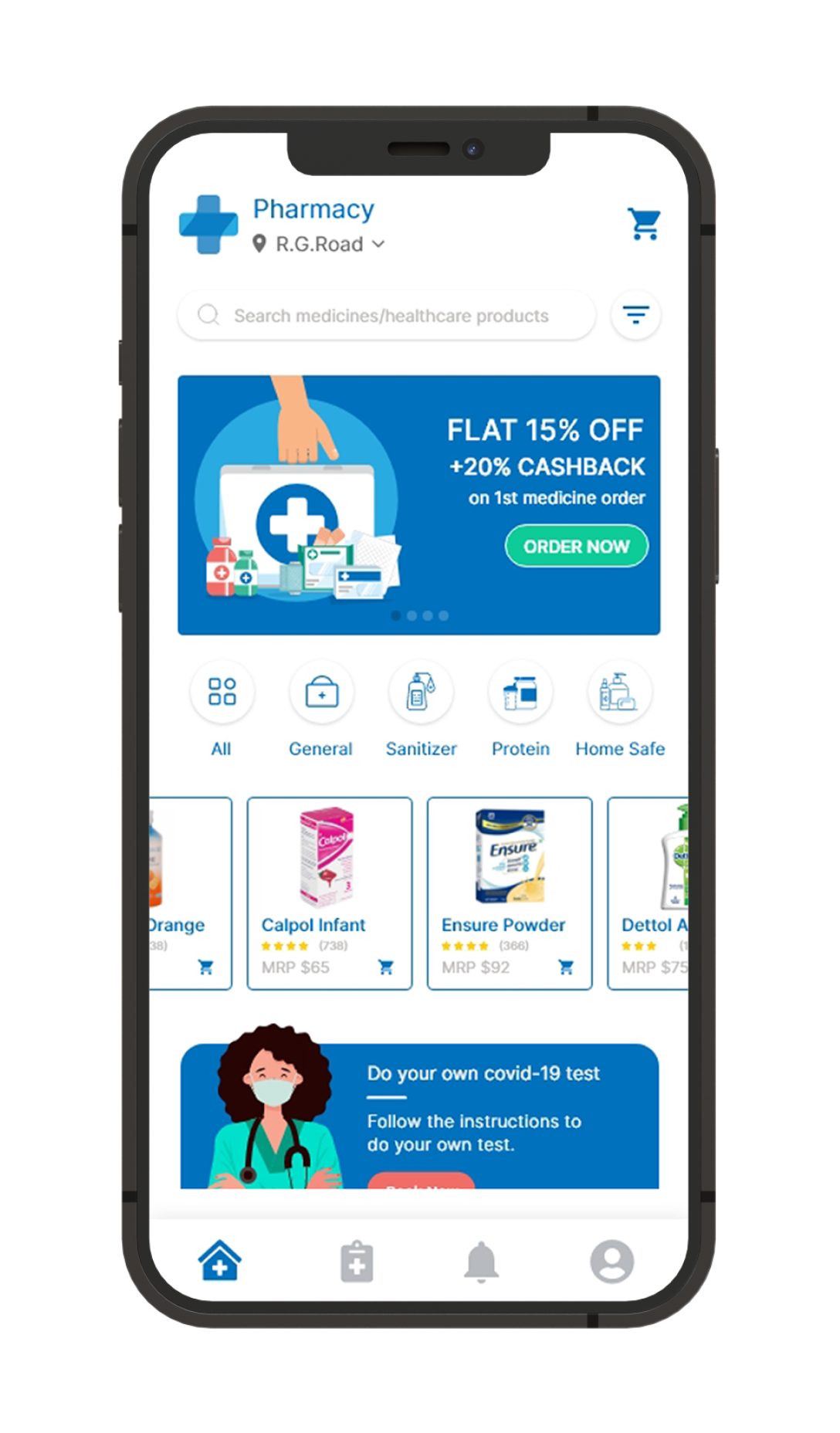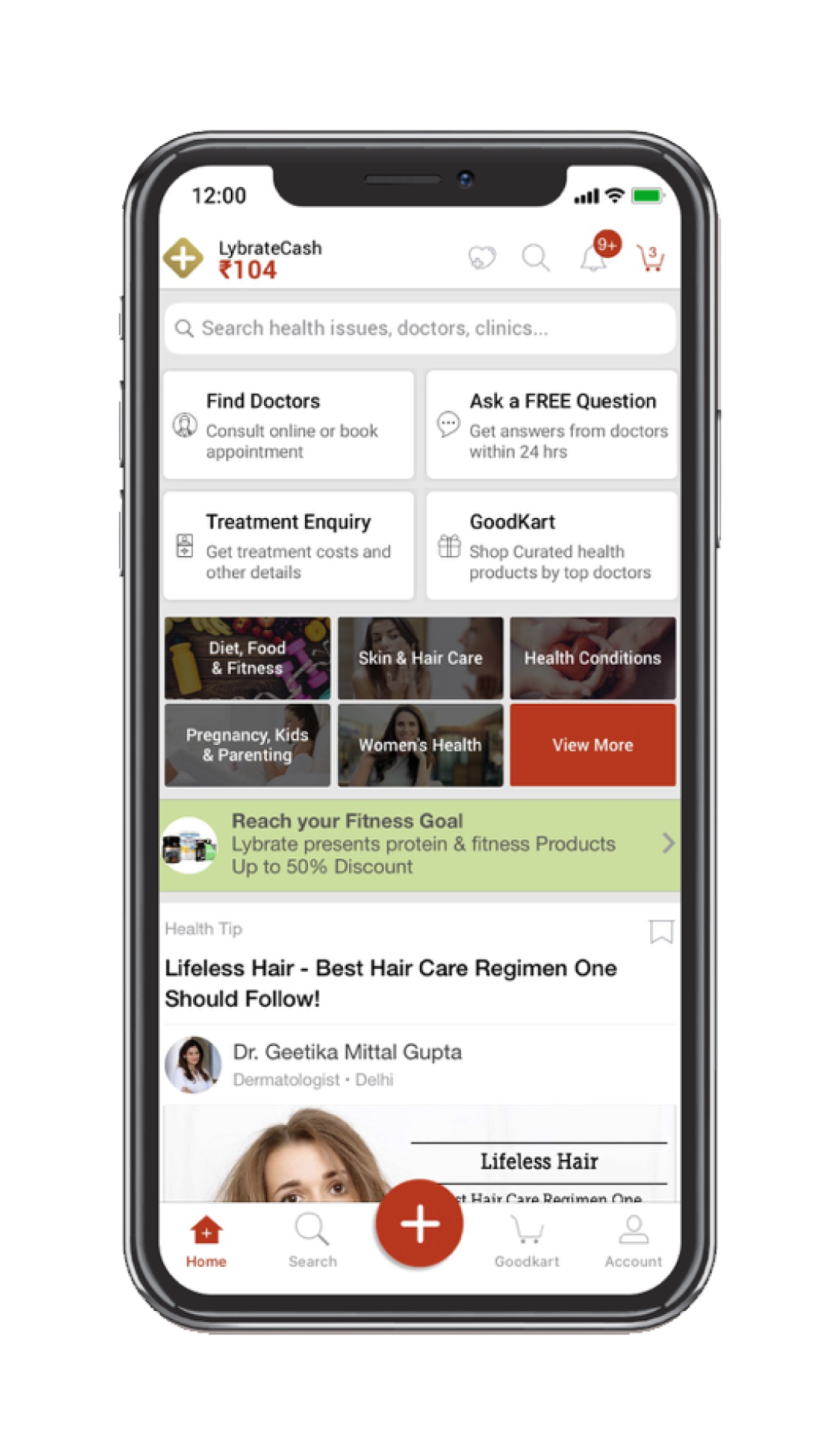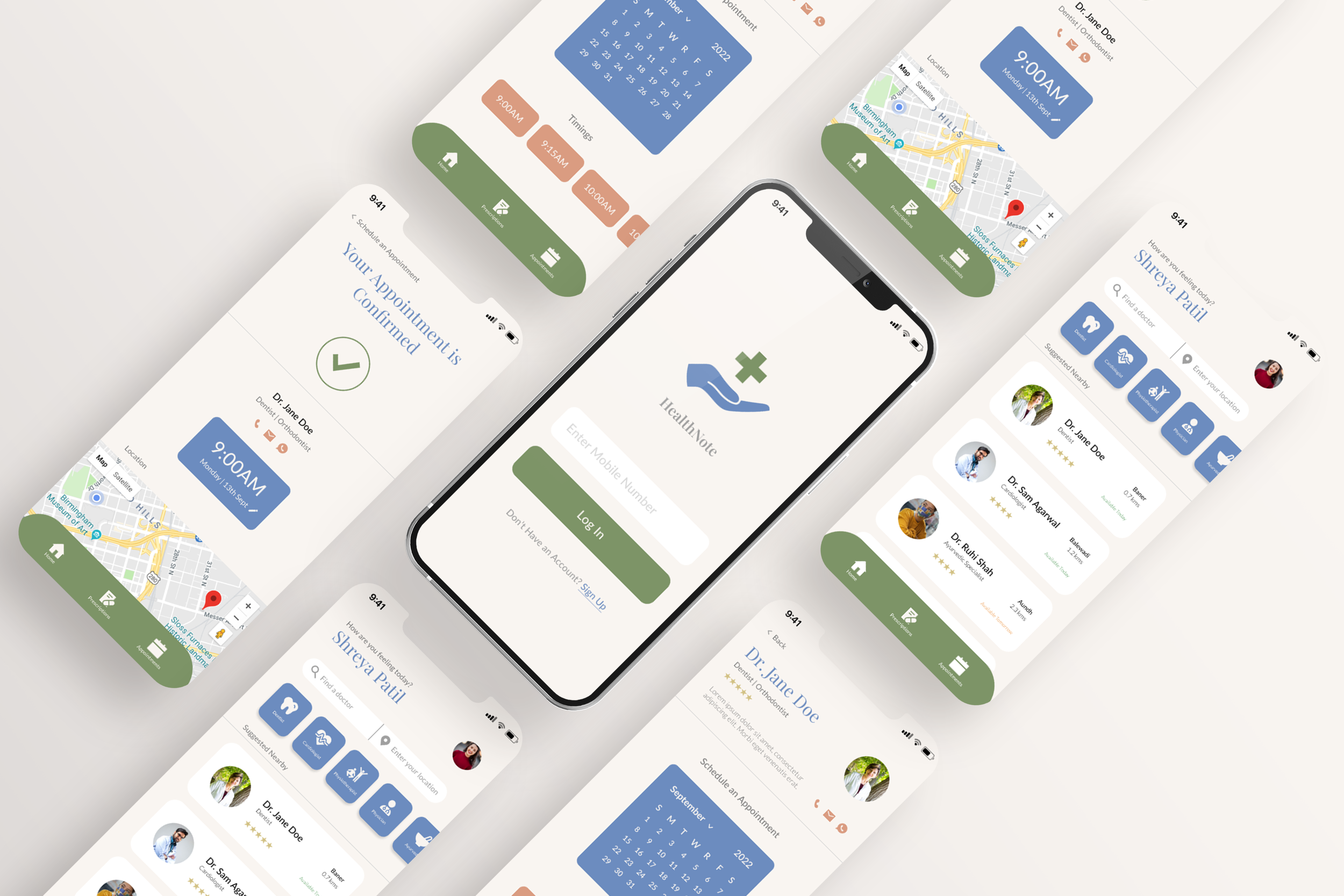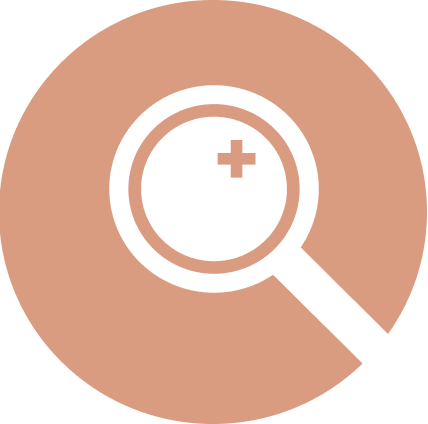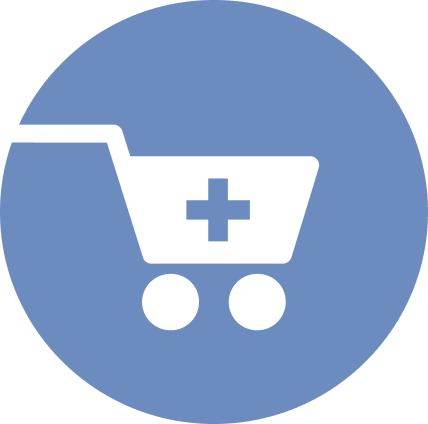HealthNote
-
eCornell University
-
UX Designer
-
User Research, Prototyping, Wireframing
-
Healthcare
-
July - November 2022
-
Figma, Balsamiq
A one-stop digital solution for clinic healthcare in India.
The Problem
So, going back to the initial problem discovery, as someone who visits various clinics in India, I have noticed how tedious the traditional process is. We usually have to call the clinic receptionist to schedule an appointment with a doctor. After the visit, the doctor hands us our prescriptions in the form of paper notes that almost always get lost after the visit.
It is imperative to modernize the whole process and make it more convenient by creating an efficient digital solution.
User Group
Existing Platforms
Practo
1mg
Online Consultations, Appointment Scheduling, Medical Records
E-Pharmacy, Online Consultations, Booking At-home Lab Tests
Lybrate
PharmEasy
Healthcare Blog, Appointment Scheduling, Online Consultations
E-Pharmacy, Prescription Delivery, Online Consultations
These apps although offering some useful services, are not widely known and used, lack accessibility options and most importantly none of them tackle the big problem of traditional paper prescriptions.
Research: Interviews
Recruitment Method
Snowball Sampling
Consent
Verbal
No. of Participants
3
Incentive
Pharmacy Gift Cards
When was the last time you went to a clinic?
Tell me about your visit.
How did you find this clinic?
Can you show me how you scheduled your appointment?
Where did you go after the clinic to buy your medicines? How was that process?
What would you change about this entire journey?
“It was chaotic because our driver misplaced the prescription note. I had to call up the clinic to retrieve it. I wish there was a better medium for the prescription.”
Affinity Mapping
After my interviews, I analyzed the collected data using the process of affinity mapping and extracted insights like:
Patients in India find their doctors usually via word-of-mouth.
Appointments are generally scheduled over the phone with the receptionist. They either don’t know about or find the interfaces of the existing appointment apps inconvenient.
Prescriptions are in the form of written or printed notes
Patients purchase medicines at local pharmacies by presenting the paper prescription to them.
User Persona
User Persona
Athlete, 24
Aayush
Past Experiences
Has been playing soccer for over 12 years and has suffered from several ankle injuries.
Successes
His physiotherapist’s workout has boosted his recovery.
Frustrations
He keeps losing the prescription sheet and wishes there was a better way to keep track of his exercise treatment.
Goals
To get into a good physiotherapy routine and make sure he visits the doctor timely.
Key User Requirements
Digital Prescriptions
The most common frustration shared by my interviewees was of being handed flimsy paper prescriptions. Having a secure digital prescription portal will resolve that problem.
Appointment Scheduling
Usually, clinics only have contact numbers available online and according to my interviews, patients struggle to get in touch with receptionists with just one method available. Online scheduling will leave little room for error for a receptionist.
Medical Reminders
An interviewee expressed how years go by before they revisit their dentist simply because life is busy, or they forget. So, this integration can remind users to visit their physicians timely and to input medicine reminders for users on medication.
Pharmacy Integration
Through my interviews I found that most people go to local pharmacies for their medicines. Offering delivery / curbside pick-up options will not only make things more convenient for users but will also benefit local pharmacies and provide more jobs for delivery persons.
Goals
To create a robust centralized platform that allows users to:
Browse doctors by type & location
Schedule and modify appointments
Enter medical data
Set medical reminders
Receive e-prescriptions
Order prescribed medicines
User Journey
This user journey map depicts the benefits of using this application. My persona, Aayush hurt his ankle while playing soccer and is in urgent need of a therapist.
Prototype I: Balsamiq Wireframes
I followed Nielsen’s Usability Heuristics in my medium-fidelity prototype design:
Aesthetic and Minimal Design:
There is only as much information as needed on the interfacesMatch Between the System and Real World:
As the controls follow real-world conventions and correspond to desired outcomes which makes it easier for users to learn and remember how the interface works.
Visual Styleguide
Logo
Icon Styles
Prototype II: Figma
User Testing
Effectiveness
Yes
Learnability
Yes; approx. 45 seconds
Memorability
Error Rate
2 errors per task, click-related
Yes
Satisfaction
Very Satisfied
Fit Within Practice
Yes
UX Design Problems (UDPs)
User testing helped me identify a couple of UDPs:
UDP1
Problem: Welcome screen scroll has a dead-end
Severity: Major
Redesign
Updated the interactive scroll to lead the user to the login page automatically
UDP2
Problem: Prescription modules are cluttered
Severity: Minor
Redesign
Removed unnecessary information and created stronger visual hierarchy
Takeaways
-
After user testing, I realized that there is a lot of potential for a product like this in the market. One of my professors at eCornell was very impressed with the idea and encouraged me to take this up in the real world.
-
It is educational because having a resource like medicine information is much more valuable than just having the names present on a prescription.
-
The application allows the user to take control of their personal clinic healthcare experiences thus proving to be a significant human-centered design.
-
Using tools like affinity mapping and journey mapping taught me the importance of going beyond what we already know to enter the mind of the user to understand and empathize with them.
Next Steps
-
Understanding the doctors’ and receptionists’ perspectives and designing their part of the platform.
-
Expanding research with focus groups and surveys.
-
Being mindful of the fact that users in India come from different cultural backgrounds. Having multiple regional language options will allow the system to reach wider audiences.
-
Adding an additional audio feature for visually impaired users.





